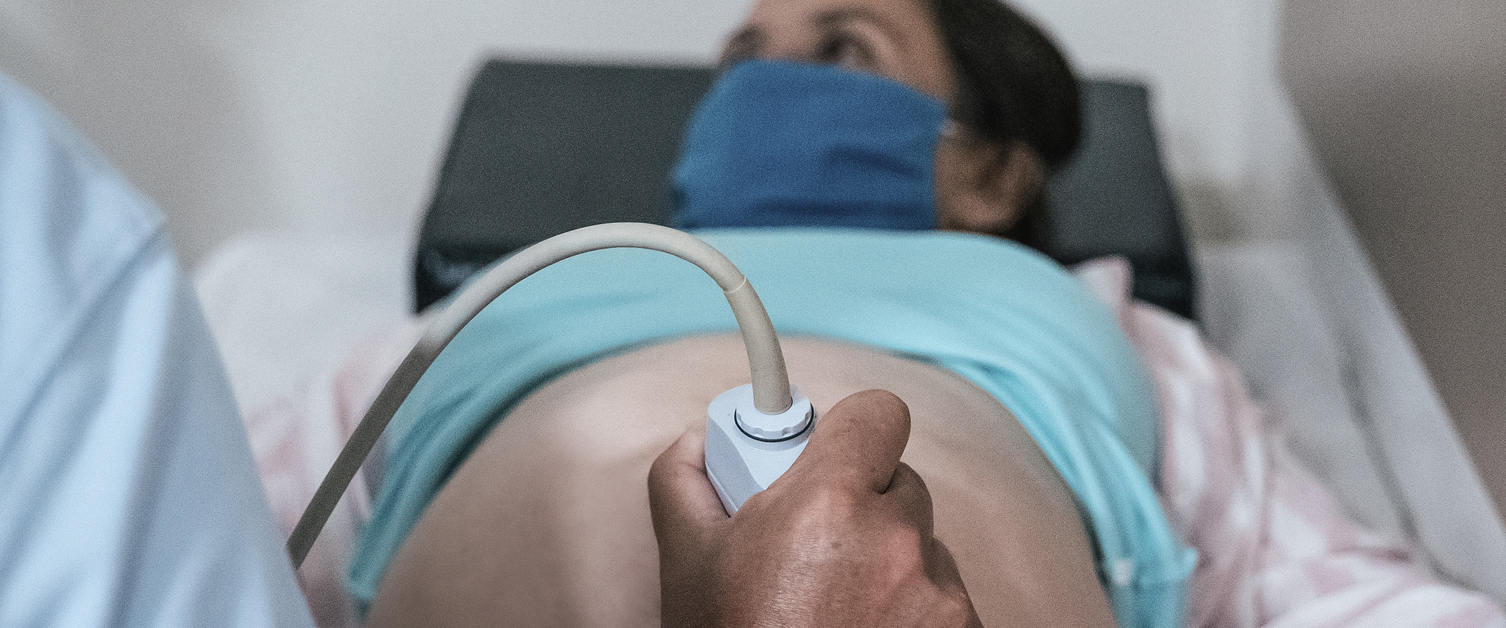Growth Scans

Growth of your baby is monitored in pregnancy using a personal growth chart that takes into account your height, weight, ethnic origin and previous pregnancies, which may influence how big your baby grows.
These charts are used to plot your baby’s growth and allow midwives and obstetricians to provide a plan of care.
There are certain factors that determine how your baby is measured.
If you have no risk factors then your baby’s growth will be measured by the midwife or obstetrician using a tape measure, to assess the size of your bump at each Antenatal appointment. These measurements are not meant to predict the size or weight of the baby, but to assess with serial measurements that the baby is growing well, and consistently Your midwife may refer you for a scan if she thinks your bump may be measuring smaller or larger than previously.
There are certain factors that may prompt a recommendation to have regular scans, as they may influence the growth, such as if you are a smoker, you have a Body Mass Index (BMI) of over 35 or if you have had a previous small birthweight baby.
There can be extra reasons for these scans which your midwife or obstetrician will discuss with you.
These scans will occur 3-4 weekly throughout your pregnancy starting at around 28 weeks.
The person doing the scan (sonographer) will check your baby’s size by measuring the circumference of your baby’s head, their tummy and length of the thigh bone. They will also check the amniotic fluid around the baby and the blood flow from the placenta to your baby. (Doppler). These measurements will be plotted on the growth chart and reviewed by a midwife or obstetrician to check your baby is growing as expected.
If baby is measuring smaller or larger there should be an individualised discussion regarding the recommended plan of care :Sharing and discussing the information needed to make informed decisions, making sure that you understand the choices available to you.